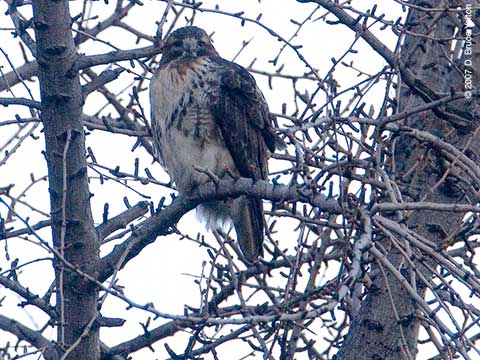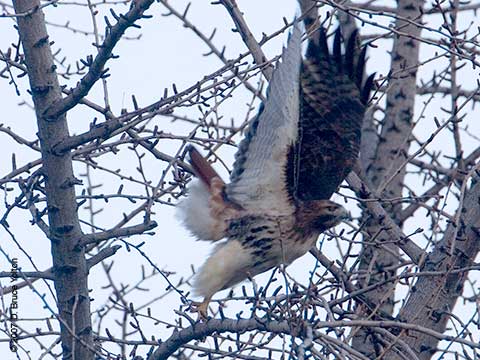Northern Pintail
The Northern Pintail whose been on the pond at the SE of the park was in plain sight on Sunday. What an attractive drake he is. He’s a new bird for my Central Park list.





The Northern Pintail whose been on the pond at the SE of the park was in plain sight on Sunday. What an attractive drake he is. He’s a new bird for my Central Park list.





On Saturday, I started out at the bottom of the park.
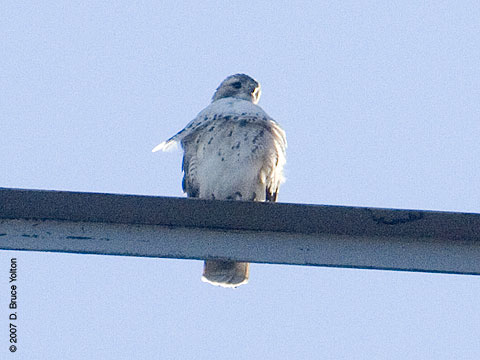
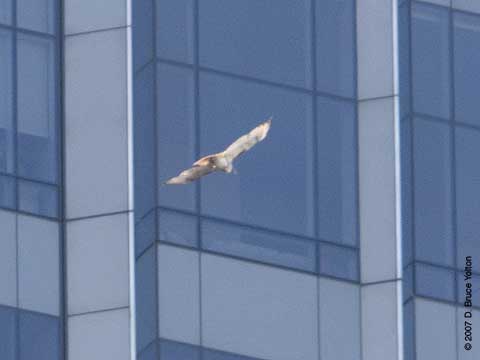
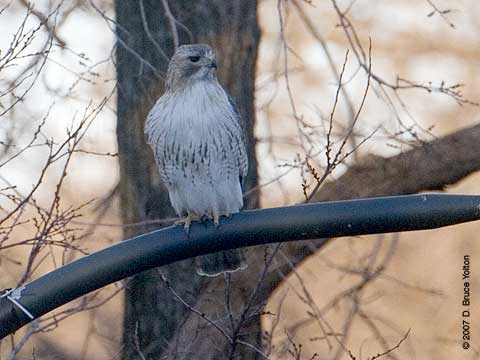
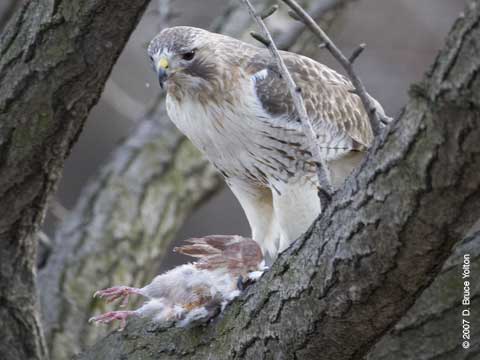
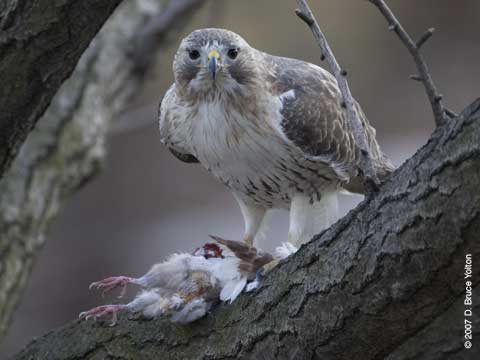
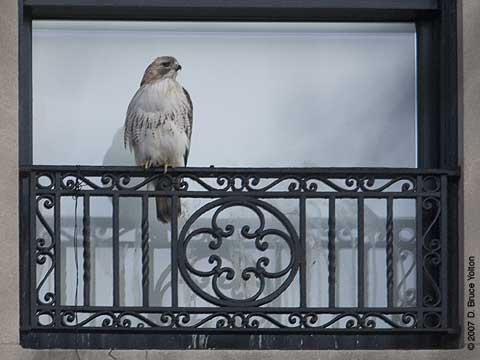
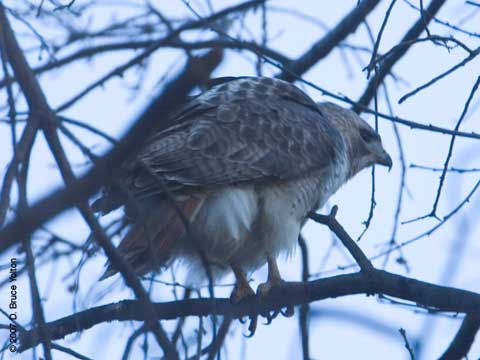
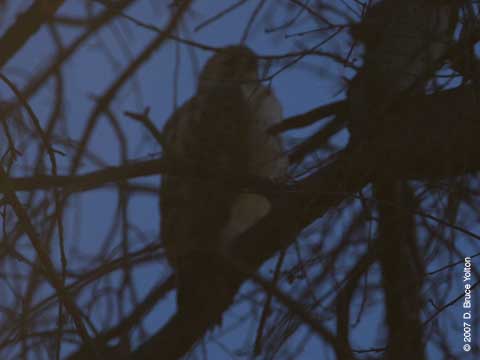
Central Park West has two regulars these day, Lola on the Beresford and our 86th Street regular.
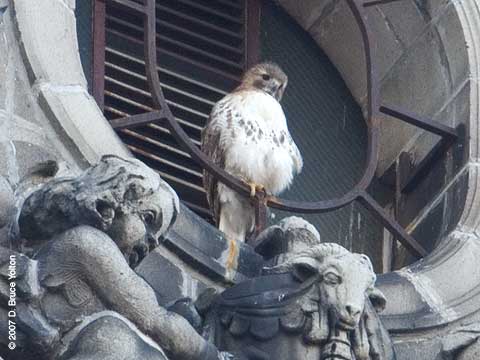

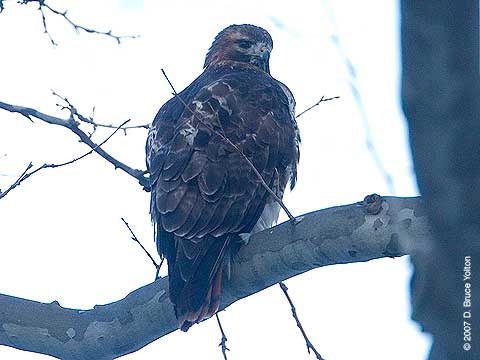



Lola (left) and Pale Male (right) spend the late afternoon on the Beresford Apartments.





I started my Saturday afternoon in Central Park in the SE corner.
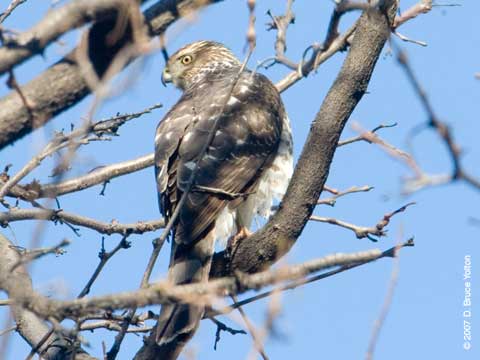
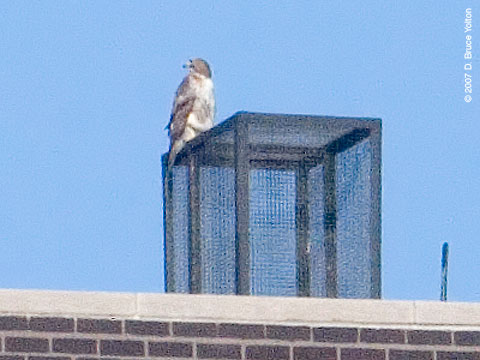
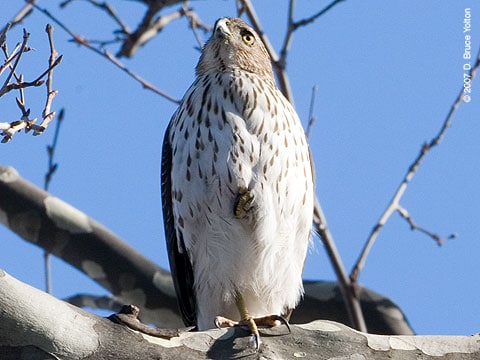
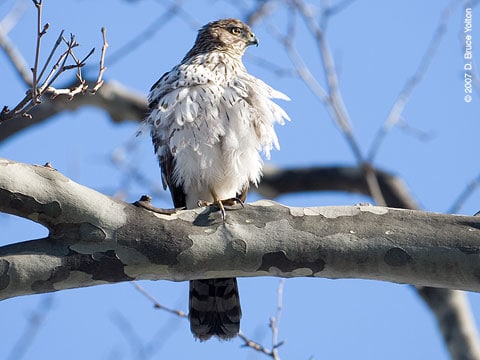
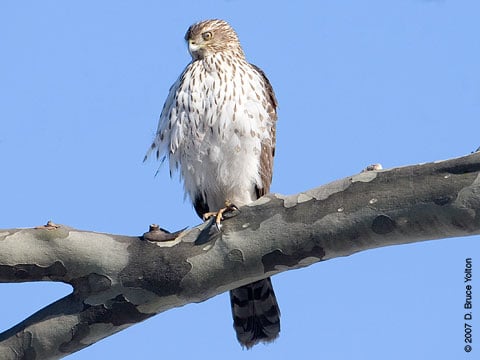
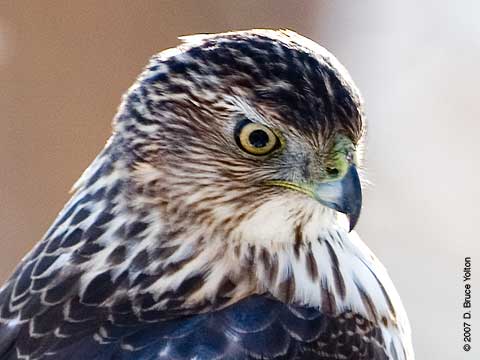
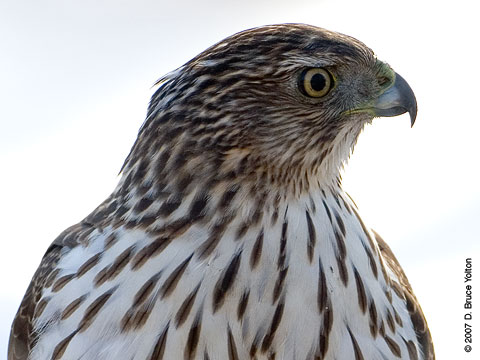
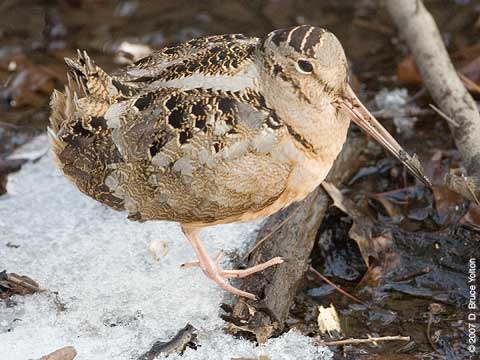
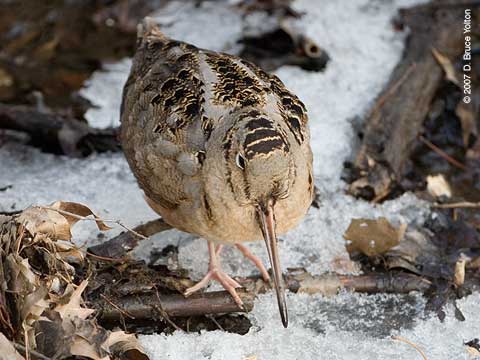
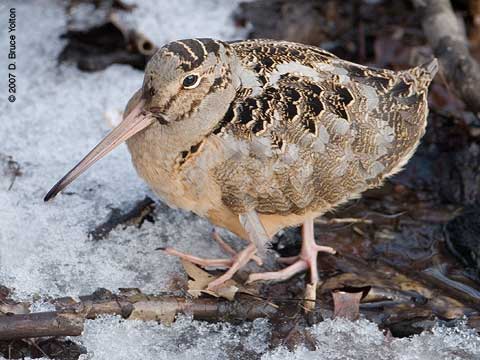
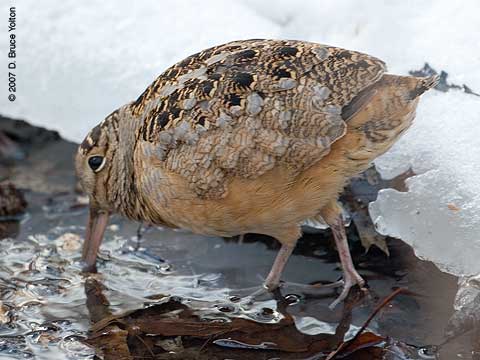
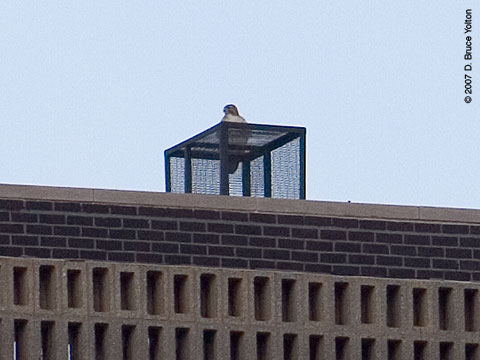
The 86th Street hawk is still around.
